Save The Planet
The story of the atomic age.


Save the Planet is a fast-paced montage film history of the atomic age and the escalating debate over nuclear power. This unique documentary was shown by MUSE (Musicians United for Safe Energy) at the Madison Square Garden Benefit Concerts staged in New York, September 19-23, 1979. Those concerts are dramatically explored in the feature film No Nukes which features performances by Jackson Browne, Bonnie Raitt, Bruce Springsteen, Crosby, Stills and Nash, James Taylor, the Doobie Brothers, and many others.
Save the Planet opens with early 1950's footage lauding the benefits of "irradiated food," and shows an Army chaplain describing, in glowing terms, a mushroom cloud that contains "all the colors of the rainbow." It features striking footage by noted cinematographer Gerald Feil covering Three Mile Island and a march through South Dakota's Black Hills to protest uranium mining on sacred Indian lands. Ringing endorsements of the "peaceful atom" from Presidents Truman, Eisenhower, Johnson, and Nixon punctuate the film and move the audience from the Hiroshima bomb to today's nuclear plants.
As a brief and powerful excursion into the nuclear age, Save the Planet received enthusiastic ovations from 100,000 of the world's toughest critics- the New York rock and roll audience, which filled Madison Square Garden for the MUSE concerts on five consecutive nights. Award-winning filmmakers Daniel Keller, John Avildsen, Barbara Kopple and a host of others worked on the project. The Archives Project, producers of The Atomic Cafe, contributed several key segments for the production.
Save the Planet is an exciting and innovative tool for documentary education. It mixes the talents of some of America's leading filmmakers, musicians, and political activists into a rare dramatic commentary on the origins and key pressure points of the nuclear debate. Originally shown on a sixty-foot screen, this powerful film can be used by small groups, in classrooms, or in theaters and halls before large audiences.
The atomic bomb and its tremendous destructive power marked the beginning of the nuclear age. Top: Some of the over 200,000 American soldiers who were deliberately exposed to atomic radiation from nuclear weapons tests. Many of these atomic veterans have now developed cancer and are suing the U.S. government. Above: The roots of the anti-nuclear movement stem back to "Ban the Bomb" demonstrations such as this one in England in the 1950's.
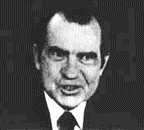


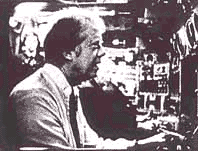
Every President since Dwight Eisenhower has been a supporter of the "Peaceful Atom." These four make cameo appearances in Save the Planet.

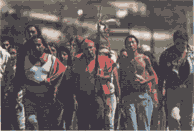
All over the planet people are working toward a non-nuclear future. Hundreds of Native Americans and their supporters march in the Black Hills to protest the mining of uranium on May 6, 1979 and a Spanish anti-nuclear protest.
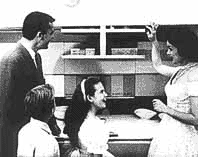
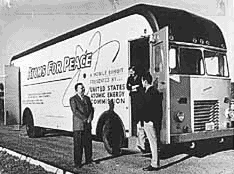
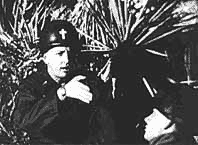
The peaceful atom and the bomb have been peddled to the public for more than fifty years. L, An early propaganda road show boosting the Atoms for Peace campaign; R, An Army Chaplain describing the heavenly beauty of an atomic blast.
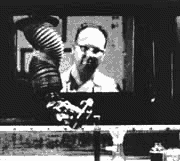
Life with a gloved box and the modern family of the Fifties in their "atomic kitchen" learning the benefits of "irradiated food".

"...Enormously powerful. . . Save the Planet is a reminder of the need for action, the need for the 'war at home' to continue until one day it is won."
– David Laubach, Valley Advocate
-
Los Angeles International Filmex 1980
-
Sydney International Film Festival 1980